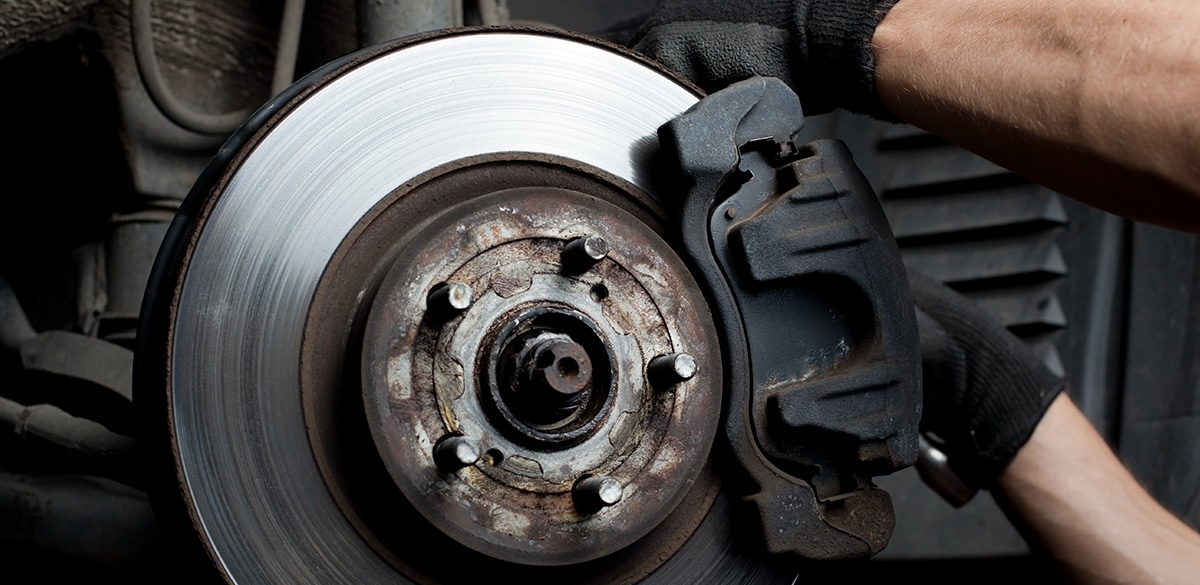How to Bleed Brake Lines by Yourself
Are you one of those brave do-it-yourselfers who have been researching how to bleed brake lines because you want to tackle this job on your own? We respect that. Our service center wants to help keep your car running safely on our Tallahassee roads. So, we’ve put together instructions below on how to bleed brakes by yourself.

Even though this is titled “How to bleed brake lines by yourself” you will need a friend or family member to assist you with some of these steps. Even so, many Tallahassee drivers have used these instructions on how to bleed brake lines successfully and without mishap.
Steps on How to Bleed Brake Lines
1. Check your owner’s manual for the correct type of brake fluid to use. 2. Jack up your car on level ground and set it on jack stands. 3. Remove all of the wheels. 4. Locate the caliper bleeding screw near each wheel. 5. Gently loosen the caliper bleeding screws, being careful not to snap or strip them. 6. Tighten the screws back so that they are snug. 7. Raise the hood, unscrew the top of the brake reservoir and set it aside. Fill the brake fluid to the correct level. 8. Starting at the wheel farthest from the master cylinder, loosen the bleeding screw and tightly attach a piece of clear tubing over it. 9. Place the other end of the tube in a catch pan or used plastic bottle. Hold the pan or bottle above the screw. 10. Have an assistant pump the brakes until they feel solid pressure under the pedal. Have them tell you when they feel this pressure. They should stop pumping but continue pressing the pedal. 11. Have the assistant alert you just before the pedal reaches the floor. Re-tighten the screw immediately. 12. Check the brake fluid reservoir and add fluid if necessary. 13. Repeat the last four steps at least five times at this wheel, then tighten the screw. Now, do the same at the other three wheels, one at a time. 14. Watch the fluid in the reservoir while your assistant firmly presses the brake pedal all the way down, then abruptly lets up on it. If there is only a little movement in the fluid, there are no air bubbles and the brakes have been completely bled. If there is a lot of movement in the fluid, there are still air bubbles in the lines, and the brakes will need to be bled again. 15. Make sure again that all the bleeder screws have been tightened, but not over-tightened.
Let the Service Center at Kraft Nissan Help
If this task seems more daunting than you originally thought or would just like some help, schedule an appointment with our brake experts. And if you found this guide to be helpful, check out our guides on how often to change spark plugs and how much an oil change costs. We’re just down the road from Tallahassee, so drop by or contact us today.


